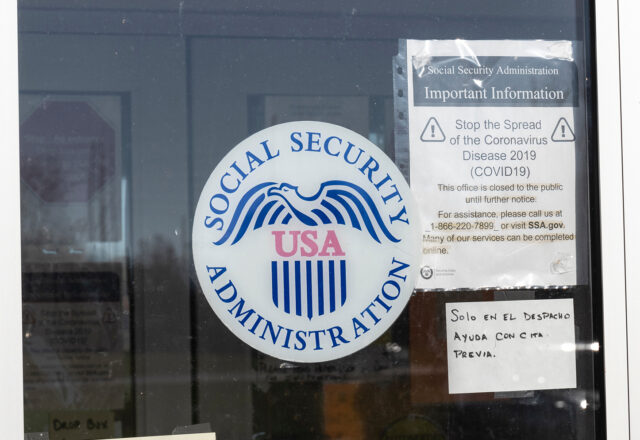
How Will COVID Affect the Completed Fertility Rate?
Abstract
When COVID-19 brought on a health crisis and shut down many parts of the economy in 2020, many expected the fertility rate to plummet, even more than it had in recent years. While initially the severity of the public health and economic crises did result in large declines in fertility, the swift labor market recovery and income support for families led to a small rebound in fertility rates in 2021. The question is what happens next: is the uptick simply a temporary blip or a sign that the decade-long decline in fertility rates is over?
The paper found that:
- COVID resulted in a small increase in births from existing trend across most age groups.
- This uptick may well be temporary, though, as early data show that the ideal total number of children has dropped sharply for women in their 20s and held steady for women in their early 30s.
- And evidence from the Great Recession suggests that their expectations will not bounce back in later years.
The policy implications of the findings are:
- More robust fertility expectations data are required to confirm whether younger women want fewer children in the aftermath of COVID.
- A lower fertility rate will likely result in a smaller workforce, slower economic growth, and higher required tax rates for pay-as-you-go programs such as Social Security, but it also reflects the evolving preferences of women today.








